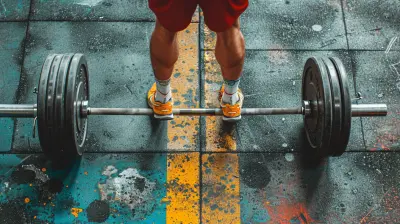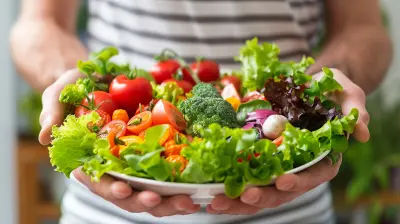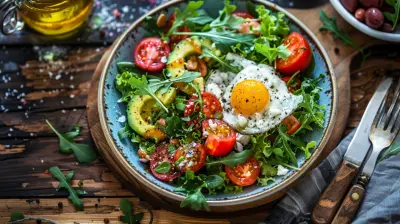How to Achieve Better Muscle Definition Through Diet and Exercise
3 June 2025
So, you want to flex in front of the mirror and actually see muscles staring back at you instead of a blurry, marshmallow-like reflection? Well, my friend, you're in the right place! Achieving better muscle definition isn’t about lifting the heaviest weights in the gym or surviving on a diet of plain chicken and sadness. It’s about balance, consistency, and making sure your approach isn't as complicated as assembling IKEA furniture.
Let's break it all down in a way that won't make you want to take a nap halfway through. 
The Basics of Muscle Definition
Before we dive into the hardcore stuff, let’s get one thing straight: muscle definition (also known as muscle toning or "getting lean and shredded") is simply the result of having muscle mass with low enough body fat to make those muscles visible.In other words, even if you have the biceps of a Greek god, no one will notice if they’re hidden under layers of extra fluff. So, the name of the game is building muscle while shedding fat—a delicate dance between your diet and workouts.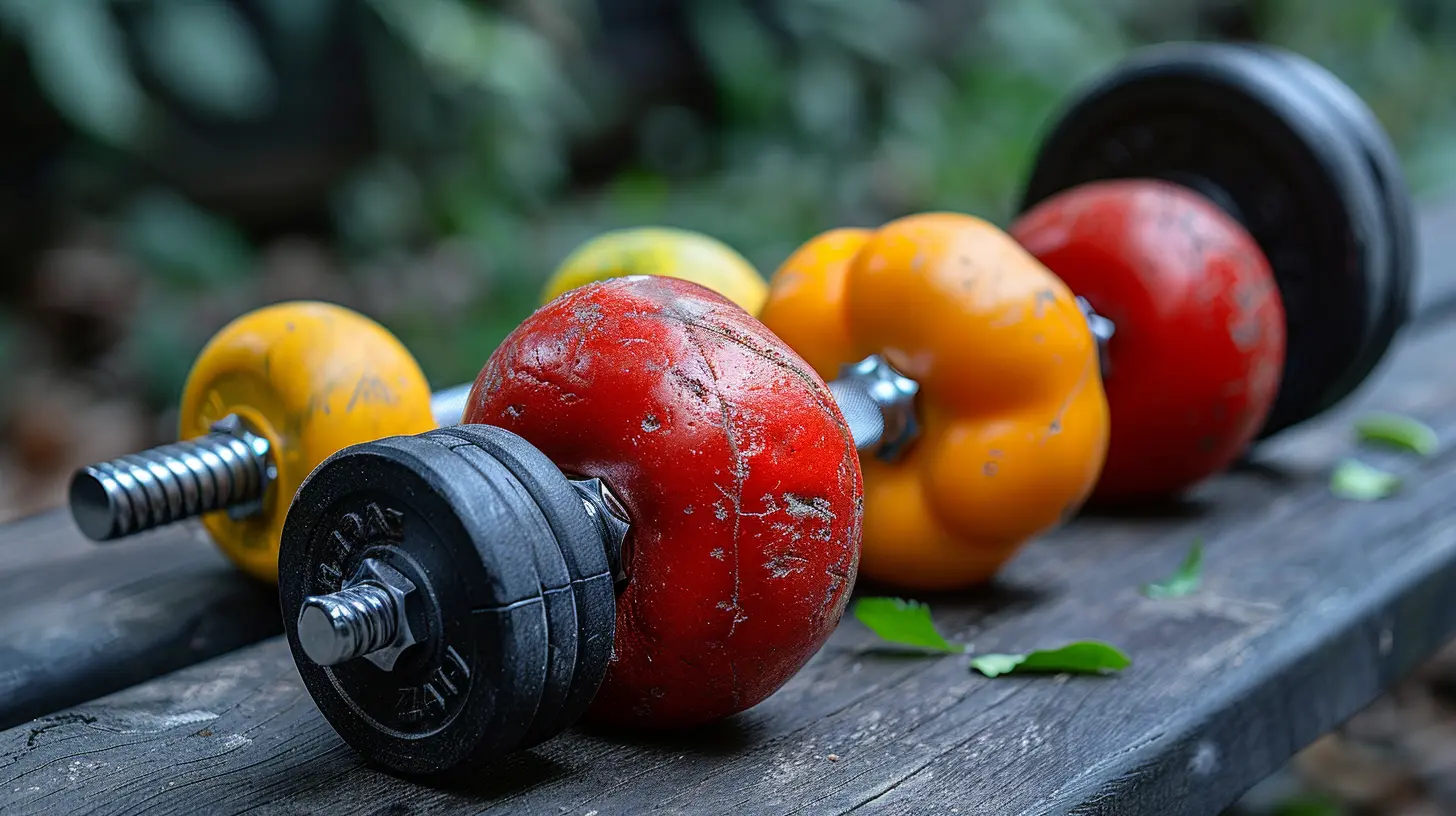
Diet: Because Abs Are Made in the Kitchen
Let’s be real—if you could just out-train a bad diet, we'd all be walking around with six-packs while still inhaling entire pizzas. Unfortunately, that’s not the case. Your nutrition plays a massive role in achieving better muscle definition.1. Eat in a Slight Caloric Deficit (Without Starving)
To lose fat while maintaining (or even building) muscle, you need to be in a caloric deficit—meaning you’re consuming fewer calories than you’re burning. But don’t go full “rabbit food” mode and survive on lettuce alone.How to Calculate Your Sweet Spot
1. Find your Total Daily Energy Expenditure (TDEE) using an online calculator.2. Subtract 250–500 calories per day from that number to create a deficit without sacrificing muscle.
Pro tip: Too much of a deficit will make you lose muscle along with fat, and we’re not here for that!
2. Prioritize Protein Like Your Gains Depend on It (Because They Do)
Protein is the MVP of muscle preservation and growth. Aim for 0.7–1 gram of protein per pound of body weight daily.Best Protein Sources:
- Lean meats (chicken, turkey, fish)- Eggs and dairy
- Plant-based proteins (lentils, beans, tofu)
- Protein powder (when life gets hectic)
3. Carbs Are Not the Enemy (Unless You’re Eating an Entire Bakery)
Carbs provide energy, and cutting them out completely is like trying to drive cross-country on an empty gas tank. Just be smart about your choices.Good Carbs vs. Not-So-Good Carbs
- Great choices: Sweet potatoes, oats, quinoa, brown rice, fruits, and veggies- Not-so-great choices: Sugary snacks, processed junk, and anything that makes you feel like you need a nap after eating
4. Healthy Fats Keep You Sane
Healthy fats regulate hormones and help with fat loss. Plus, they make food taste way better.Sources of Healthy Fats:
- Avocados (aka the millennials’ favorite fruit)- Nuts and seeds
- Olive oil & coconut oil
- Fatty fish like salmon and tuna
5. Hydrate Like You Mean It
Water keeps your metabolism running smoothly, flushes out toxins, and prevents you from mistaking thirst for hunger. Aim for at least 2-3 liters a day (more if you're sweating buckets at the gym).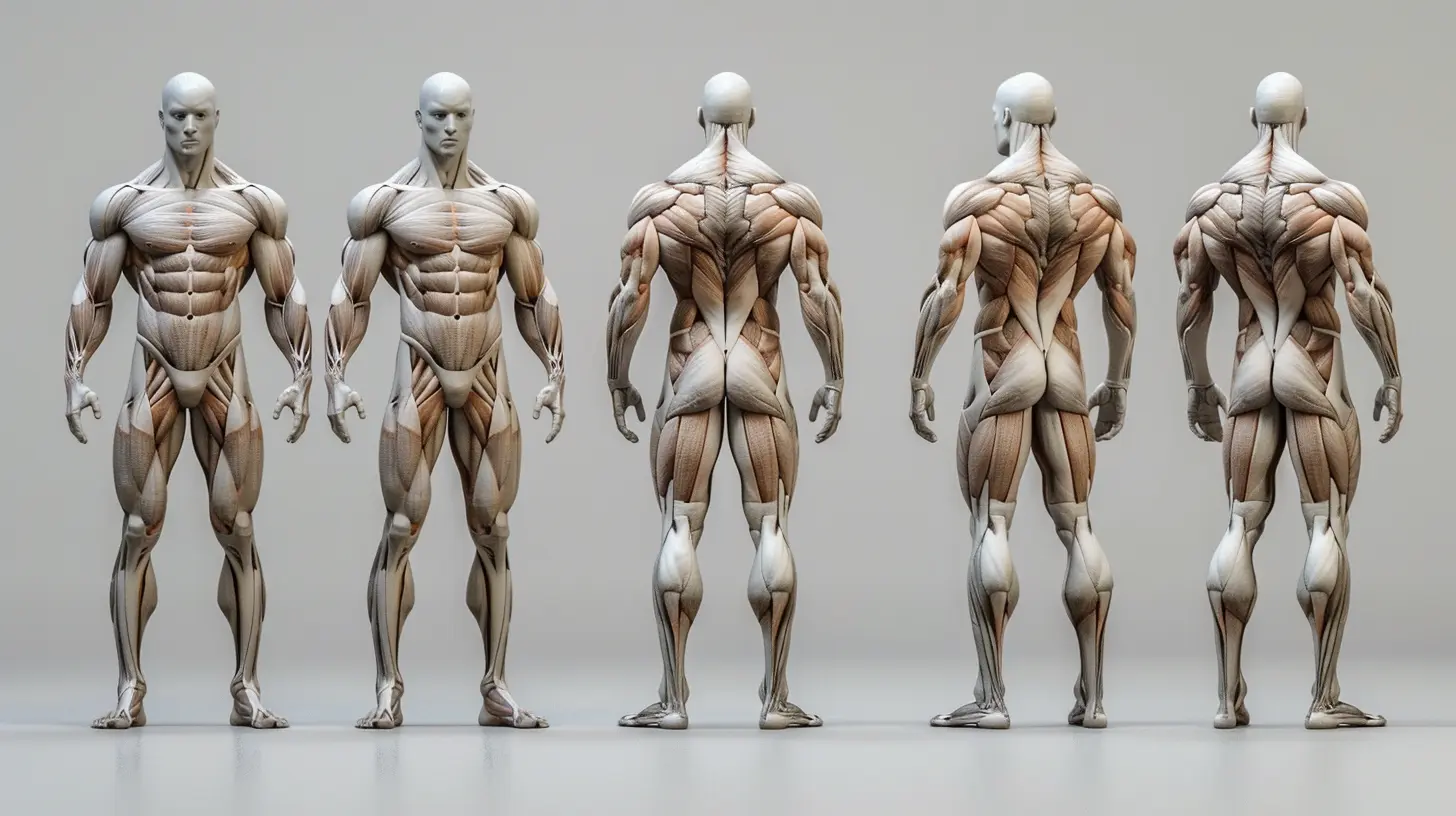
Exercise: Train Smart, Not Just Hard
Now that we've tackled the food side of things, let’s talk about moving your body in a way that actually gets results.1. Strength Training is Non-Negotiable
If you want defined muscles, you actually have to...well, build muscles. Strength training helps you increase muscle size while also improving your metabolism.What to Focus On:
- Compound Exercises (The Big 3 & More)Squats, deadlifts, bench presses, pull-ups, and rows recruit multiple muscle groups at once = more results in less time.
- Progressive Overload
Basically, keep challenging yourself. More weight, more reps, or more intensity = better gains.
- Training Frequency
Aim for 3-5 strength training sessions per week targeting different muscle groups.
2. Cardio: Just Enough to Shed Fat, Not Drain Your Soul
Yes, cardio helps with fat loss, but too much can strip away muscle faster than a bad haircut ruins your confidence.Best Cardio Strategies:
- High-Intensity Interval Training (HIIT) – Short bursts of intense effort followed by rest periods (great for fat loss without muscle loss).- Steady-State Cardio – Jogging, cycling, or swimming at a moderate pace (use sparingly if muscle definition is the goal).
3. Core Work: Because a Strong Core = Better Definition
No, crunches alone won’t give you abs (that's a diet thing), but a strong core helps with better posture, overall strength, and that "tight" look.Some killer core exercises include:
- Hanging leg raises
- Planks (because suffering builds character)
- Bicycle crunches
- Russian twists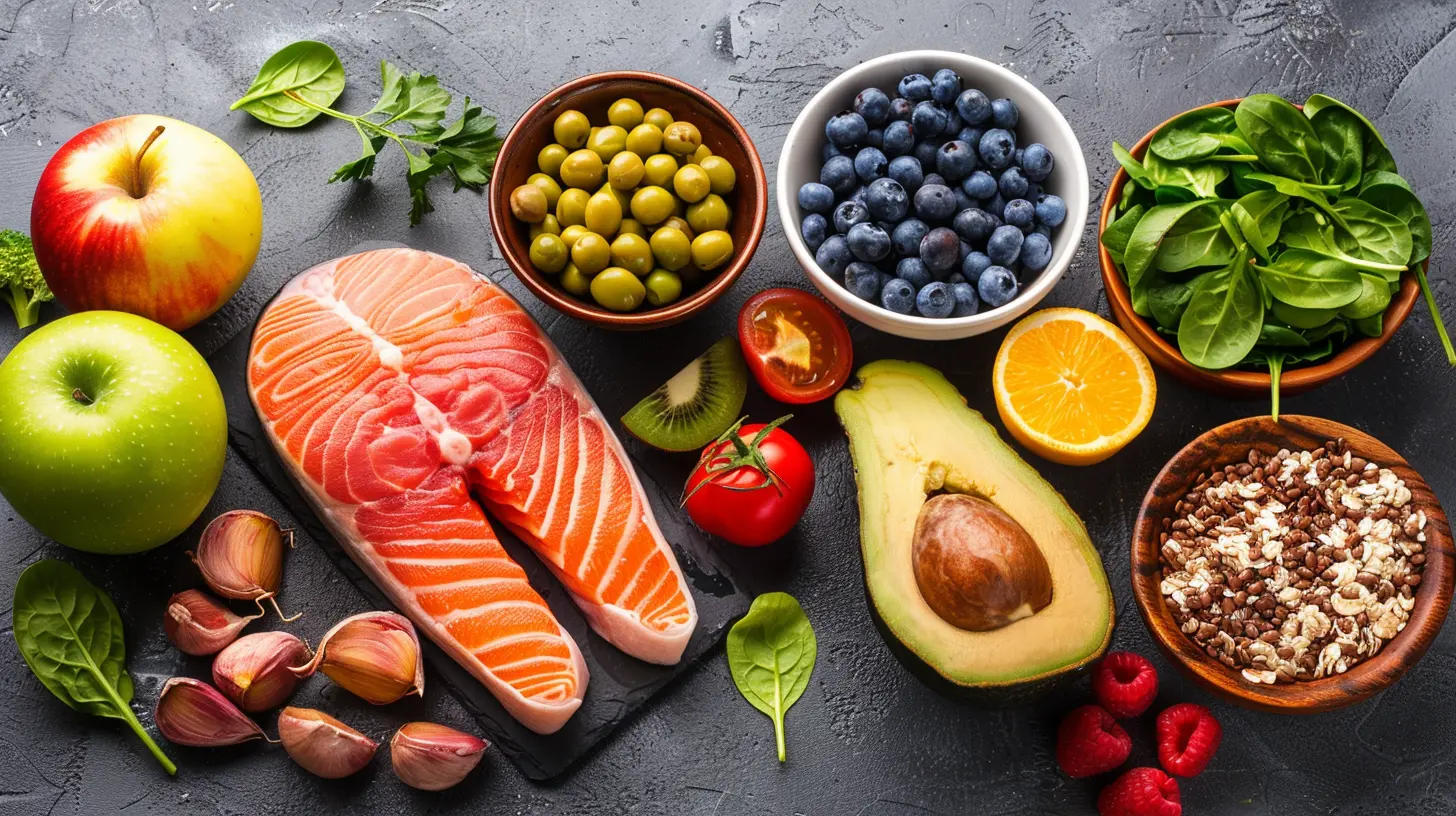
The Secret Sauce: Consistency + Patience
Here’s where most people mess up: they expect results overnight. Newsflash—your muscles won’t magically pop out after a week of eating chicken and doing squats. Muscle definition takes time, consistency, and patience.Real Talk: What to Expect
👎 Week 1-2: "Nothing is happening, why am I even doing this?"👍 Week 4-6: "Okay, maybe my arms look a little firmer."
🔥 Week 8-12: "Hold up... I think I see abs!"
Bonus Tips for Faster Results
Because who doesn’t love bonus stuff?✔ Get enough sleep – Recovery is just as important as training. Aim for 7-9 hours.
✔ Watch your stress levels – Chronic stress = high cortisol = stubborn belly fat.
✔ Measure progress beyond the scale – Use photos, how your clothes fit, or how strong you feel as indicators.
✔ Stick to a plan that you actually enjoy – If you hate your workouts, chances are you won’t stick with them.
Final Thoughts
Achieving better muscle definition through diet and exercise isn’t rocket science, but it does require consistency, smart eating, and effective workouts. Keep it simple: eat well, lift weights, do some cardio, and don't quit after a week.And most importantly—have fun with it. Because let’s face it, being strong and looking good should never feel like torture!
all images in this post were generated using AI tools
Category:
FitnessAuthor:

Tiffany Foster
Discussion
rate this article
3 comments
Otto Wagner
Great tips! Balancing diet and exercise truly makes a difference.
June 6, 2025 at 5:06 PM

Tiffany Foster
Thank you! I'm glad you found the tips helpful. Balancing diet and exercise is indeed key to achieving great muscle definition!
Calaris Morgan
Balanced diet and strength training key!
June 4, 2025 at 3:12 AM

Tiffany Foster
Absolutely! A balanced diet fuels your body, while strength training sculpts muscle definition. Both are essential for optimal results!
Damian McVaney
Lift heavy, eat right, flaunt that definition!
June 3, 2025 at 4:10 PM

Tiffany Foster
Absolutely! Consistent weight training and a balanced diet are key to achieving that muscle definition. Keep pushing forward!
